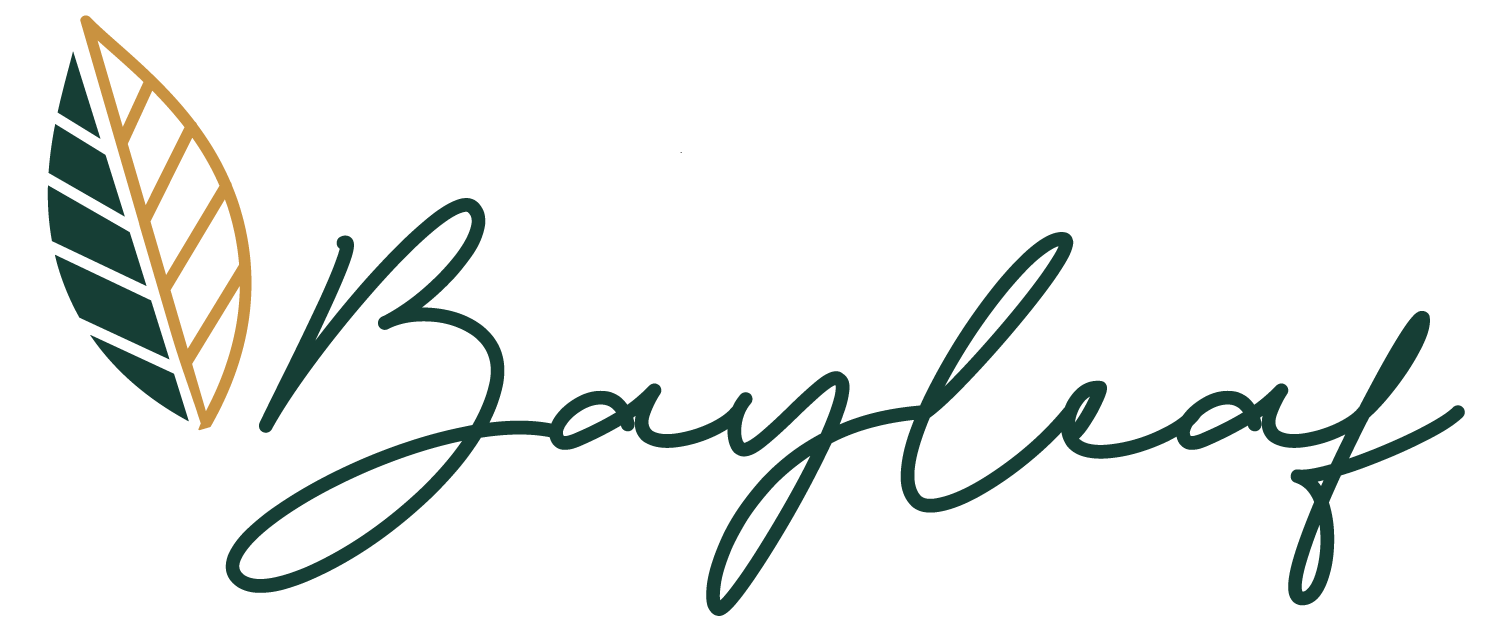What Really Happens in the Room When I Facilitate
Most people think facilitation is about keeping the meeting on track.
Stick to the agenda. Manage the time. Collect the sticky notes. Keep everyone moving.
That’s the surface-level view. And yes, those things matter, but they’re only the mechanics.
If facilitation were just about mechanics, you could hand the agenda to anyone with a steady voice and a stopwatch.
What I do in the room goes much deeper.
The Invisible Work
When I facilitate, here’s what I’m actually doing:
Holding the energy. Every group carries tension, hope, fear, and sometimes unspoken frustration. That lives in the room as much as the agenda does.
Reading the body language. Who’s leaning in? Who’s gone quiet? Who’s carrying the emotional weight of a decision?
Listening for silence. Words tell part of the story. Silence tells the rest.
Watching for openings. The “real” conversation is rarely the one on the agenda. My job is to spot the moment it’s ready to emerge and make space for it.
This is the part of facilitation most people don’t see. But it’s what makes the difference between a group walking out with paper covered in notes… or walking out aligned and ready to act.
A Room on the Edge
I’ll give you an example.
Not long ago, I was called to support a nonprofit board of directors facing a decision that terrified them. They were passionate people who cared deeply, but that passion had turned into division.
The Executive Director pulled me aside before the meeting: “We might not get far. If you can just help them align on a path forward, that’s enough.”
She wasn’t wrong to set the bar low. She knew her board. She knew how charged the issue had become. And she was right. alignment alone would have been an achievement.
But two hours later, the group had not only aligned on a path, they’d also mapped the information they needed to make the decision with confidence.
What shifted?
It wasn’t a brilliant exercise. It wasn’t a flash of inspiration. It was the environment. We created a space where curiosity and courage were possible. A space where the bravest thing in the room wasn’t pretending to agree, but being honest enough to say what really mattered.
That’s facilitation.
Beyond Agreement
Here’s a truth most leaders miss: alignment isn’t the same as agreement.
Agreement is fragile. It can dissolve the moment the meeting ends.
Alignment is durable. It means everyone understands the decision, trusts the process that got them there, and is willing to move forward together.
That difference matters.
I’ve seen teams spin their wheels for months chasing “perfect agreement” when what they really needed was space for alignment. And alignment doesn’t always take days. Sometimes, it only takes a few hours if the conversation is well-designed and held with care.
What I Bring into the Room
When I facilitate, here’s what I bring:
The questions that surface what matters most.
The structure that moves groups past stuck points.
The presence that makes it safe to name fears, without letting the room spiral into them.
The focus to help leaders say no to distractions and yes to what actually matters.
And here’s what teams leave with:
3–4 shared priorities that feel possible, not overwhelming.
A clear sense of what to pause, what to pursue, and what to let go.
The next steps that will carry them with confidence into the year ahead.
That’s not the work of a stopwatch. It’s the work of creating conditions where leaders can do their best thinking together.
Why It Matters Now
We’re heading into the final stretch of the year. Leadership teams everywhere are tired. The thought of pausing operations for a full-day retreat might feel impossible.
But here’s the reality: stepping into 2026 without alignment is even harder.
That’s why I designed my Half-Day Leadership Alignment Intensives. Four focused hours to get unstuck, clear the air, and leave with priorities you can act on.
It’s not about more meetings. It’s about the right conversation, at the right time, held in the right way.
A Question for You
Every facilitator brings something unique into the room. For me, it’s the ability to sense when the conversation under the surface is ready to emerge, and the courage to invite it forward.
So I’ll leave you with this: What’s one quality you believe every great facilitator or leader should bring into the room?
I’d love to hear your thoughts. And if your team is circling the same decision for the third time this year, maybe it’s time to talk.
💚 Ellie
🙋🏾♀️ Hi there! I partner with nonprofit executive teams, boards, and CEOs to align leadership, clarify strategy, and strengthen decision-making. My facilitation creates the space for honest conversations, shared priorities, and actionable next steps.
If your organization is preparing for a major decision or planning cycle, I can help your team move forward with clarity and confidence. Find me on LinkedIn or drop me a line here!

